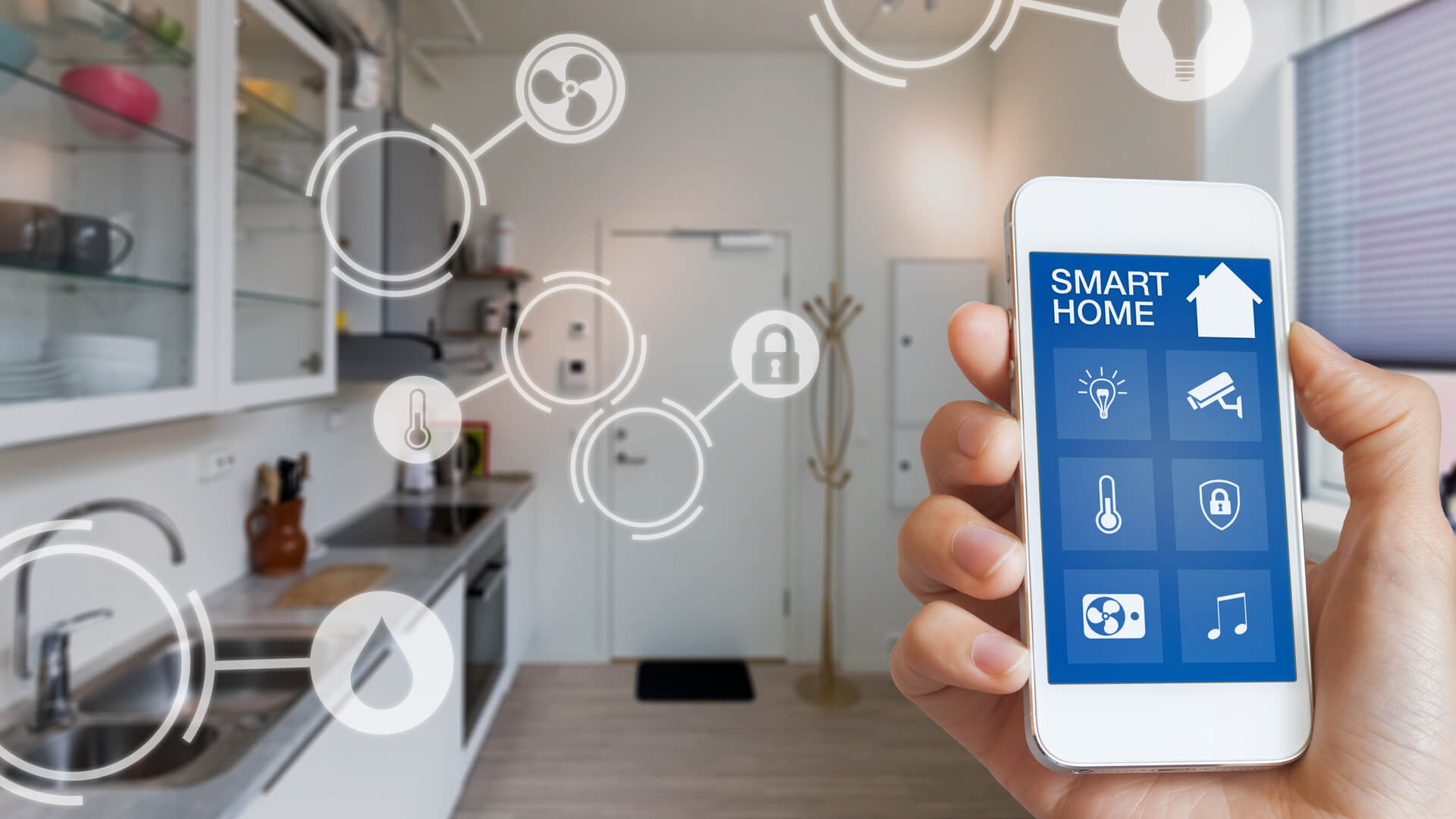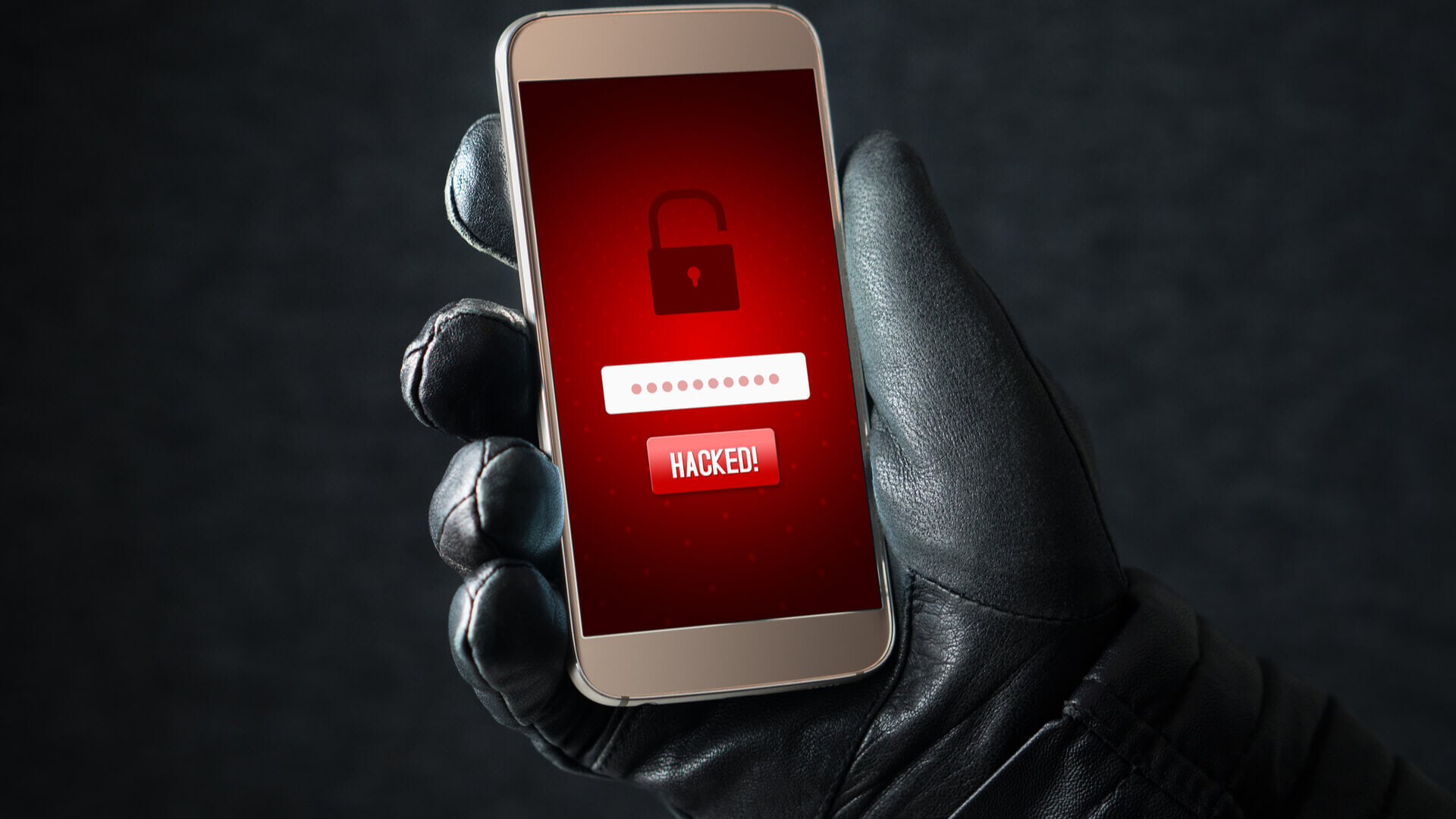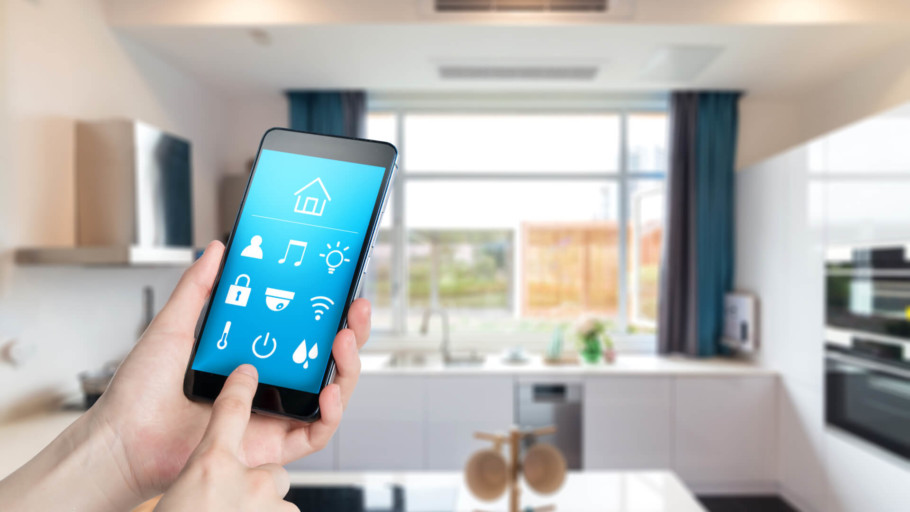Smart Technology: The Pros and Cons for Securing Your Home
We live in a connected world, where computers, watches, cell phones, appliances, and servers talk to each other, creating an umbrella of technology. We have home-hubs that share the news, tell us if the sun will shine today, and play our favorite songs on demand. This interconnected world feels like something from a science fiction movie, but the reality is that we are increasingly dependent on this technology in everyday life.
What if you could use that technology to secure your home against attack or intruders? Would that be a dream scenario for home security, or would it be a nightmare?
Smart security is becoming an increasingly frequent feature in our homes, so in this article we assess the pros and cons of this smart technology to see if it will work for your needs.
What is IoT?

Internet of Things (IoT) is the generic term used to describe electronic devices that communicate with each other via the internet and wireless technology. It includes everyday appliances like washing machines, blenders, and fridge/freezers.
The advantage of owning gadgets and appliances that are part of the IoT is that it makes your life easier. Fridges can alert you when you run low of certain staple foods and in some cases even add them to your online shopping list. Blenders think for themselves when deciding on programmes to use, and you can switch your heating or air conditioning on from an app on your mobile phone.
The IoT world is a massive industry with infinite scope to grow, as this quote shows from the 2015 report by EY “Cyber Security and the Internet of Things”:
A recent survey by HP echoed this projected growth in the number of connected devices by 2025:
| Year | Number of Connected Devices |
| 1990 | 0.3 million |
| 1999 | 90 million |
| 2010 | 5 million |
| 2013 | 5 billion |
| 2025 | 1 trillion |
What are the Risks of IoT Devices?

No one would expect their security to be put at risk by a washing machine. Similarly, no one would suspect a fridge/freezer as a source of a security breach. Often, though, less-important appliances in the security pecking order are the most popular targets. They are the equivalent of the back door being left ajar while you focus all your efforts into triple bolting the front door and windows.
Cyber criminals can harness the power of IoT devices. In 2016, cyber criminals hacked into hundreds of thousands of IoT-connected devices to pull them into a Botnet called Mirai. In layman’s terms, it was an effective way of harnessing the collective power of insignificant devices to launch a significant attack on websites like Netflix, Paypal, and Spotify, temporarily shutting down their sites. So, if you have IoT devices connected to your home-hub, and that same home-hub controls your smart security measures, then you are vulnerable.
Types of Smart Security
The four of the most common home security systems in use are:
- Smart locks – These devices can be controlled via an app on your cell phone. They can also tell you when a breach has occurred.
- Video doorbells – Even if you are out when the doorbell rings it alerts you via an app, and you can speak to the caller directly, giving the impression that you are home.
- Smart cameras – Again, these can be controlled via an app on your cell phone.
- Window and door sensors – These alert you remotely to tell you of breached windows or doors, which also enables you to coordinate your smart cameras to catch the intruder in the act.
The Pros of Smart Security
There are numerous advantages to using a smart security system. These include:
Convenience
What could be better than setting your security cameras from the comfort of a sun lounger while you are on holiday? It also means that checking in isn’t a problem either. You can get updates and feel safe in the knowledge that all is well at home.
Great deterrents
Smart security can give the impression that you’re home to ward away any criminals. Picture the scene: It’s the middle of the night and the video doorbell rings, and you have an alert showing you the face of the caller. You instruct them that you aren’t coming to the door, and politely ask them to call during daylight hours. To further enhance the idea you are home; you use your smart-hub to turn on the bedroom light. This should be enough to deter any potential intruder.

Control 24/7 anywhere
Imagine turning on your lights or closing your drapes by the power of a button on your cell phone from the other side of the world. You could even set the radio to come on to enhance the myth that you are home.
Clean up mistakes
Mistakes happen: maybe you forgot to set the lock for the garage, and now you have jetted to warmer climes and have just realized the error. With remote control, you can activate the lock and not have to spend the entire holiday fretting that you could have been the victim of crime.

Proactive not reactive
Often smart security is geared to prevention rather than apprehension. Once the crime is committed, smart technology performs the same task as traditional methods, but with internet activated protection, you could prevent the offense in the first place.
Increase the value of your home
According to consumer reports, smart security can boost the value of your home by up to 5 percent. That’s an increase of $12,500 on the average house price in the USA of around $250,000. Research is also showing that home appraisers are factoring in home security in their appraisals.
Casts the protection net further
Smart cameras and video doorbells give you the ability to monitor the perimeter around your home. So you may have suspicious characters hanging around that traditional systems wouldn’t find, but if your doorbell has a 1080p resolution, a widescreen 180-degree range, and a 25ft night vision range, anyone lingering where they shouldn’t be is getting spotted.
The Cons of Smart Security
Nothing is perfect, which means smart security systems can fall short. Some of the potential issues that can arise are:
Power outages
Make sure that power outages don’t compromise the settings and security of your systems by leaving them in an unsecure state.
Losing your cell phone
Cell phones are easily lost, or worse, stolen. If someone has access to your smartphone, then they potentially have access to your home security. A simple mugging could be a precursor to a more significant crime.
Hacking risks
This is the greatest threat that faces IoT technology in the modern world. New criminals have dedicated their talents to cyber attacks and breaches, and employing smart security could leave your home vulnerable to risk.

Virtual crime
Connecting multiple devices and all the information they contain to one home-hub or server can remove the physical crime aspect altogether. A skilled criminal can hack into your personal information and steal the contents of your bank account all from the comfort of their chair.
IoT devices are easy targets
Don’t think that a washing machine, blender, microwave, or fridge/freezer are irrelevant in the fight against crime on your home. They are probably the most accessible entry to your home security system.

Wearable smart devices
Nothing gives away your actual location better than a cell phone, fitness monitor, or a smartwatch. They all have some kind of location finding technology that can alert an inventive criminal that you are no longer in your home.
Turning the tables
You spend all that money to feel secure and yet with IoT devices, the criminal could be watching you. Imagine a criminal gang monitoring your every move in the home, seeing sensitive information that could help them breach your security further.
Top Tips to Improve Your Smart Security
There are measures you can take to improve the security wall of your devices:
- Give your router a name
Naming your router and changing from the manufacturer’s default name is crucial to improving your security. Often criminals recognize generic codes and manufacturer names all too easily. - Set up a guest network
It’s not that you don’t trust your friends or family, but when they come to visit and want access to your wifi, you can never be sure their devices are secure. Setting up a guest network removes the risk of your security being breached by default. It also stops anyone accessing the same system as your IoT devices. - Change default usernames and passwords
Do this for every device because many makers use well known generic product codes that most savvy criminals will be familiar with. In addition, make sure you choose a name that is unusual and has no connection to you, your address or the device. Don’t call it “Smart Fridge 1” or “Dave’s Microwave 1234,” as this would be an easy hack. - Use unique passwords for WiFi networks
Again, avoid common words and phrases as well as easy-to-guess number combinations. - Keep software updated
Manufacturers regularly update their software, often as a result of known bugs and breaches and offer a patch for security flaws. Ignore them at your peril, especially if it invalidates your insurance if it can be proven that you turned a blind eye to these updates. - Use 2-step authentication
Have a one-time authentication code sent to your cell phone to stay one step ahead of the criminals.




